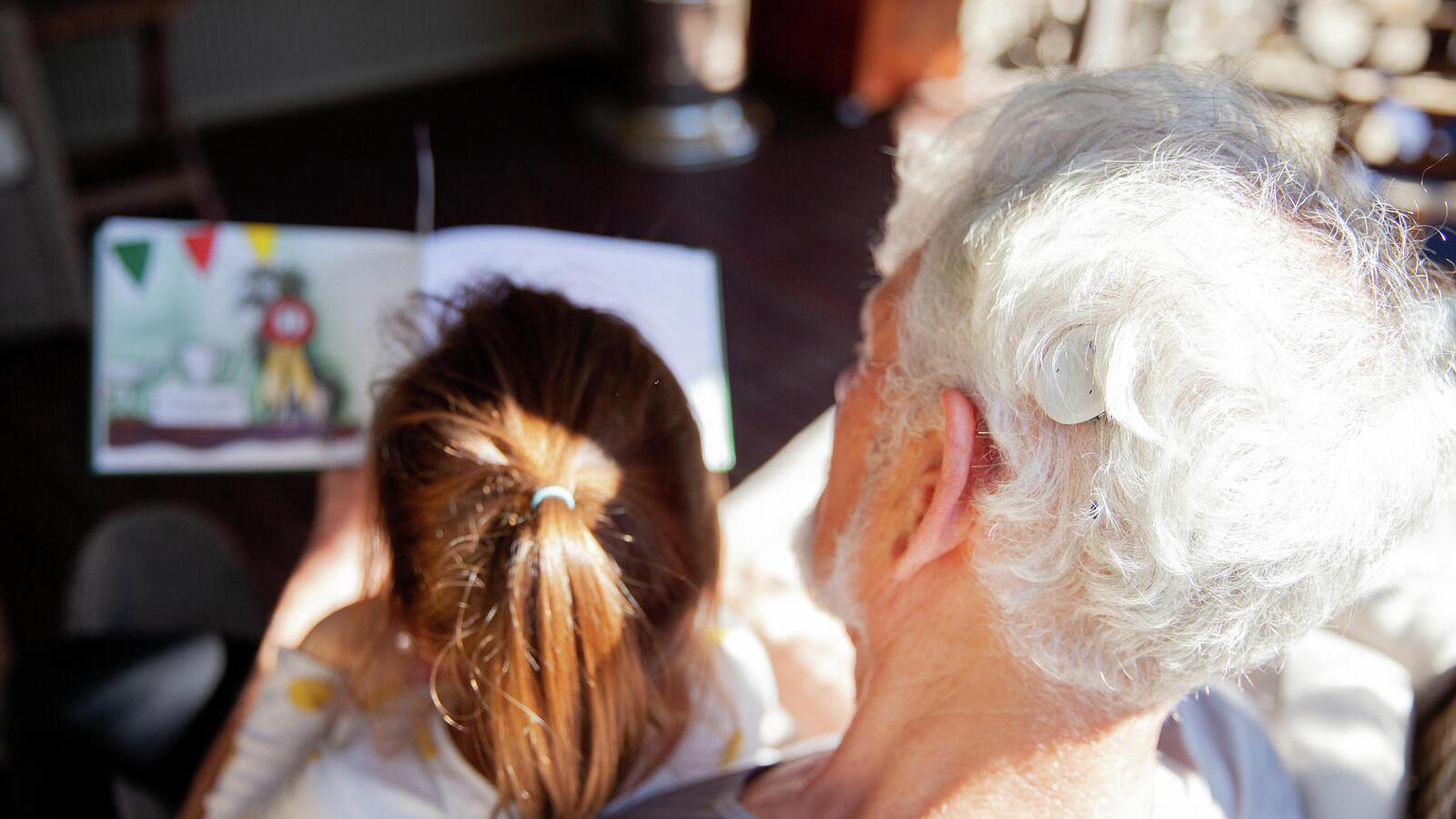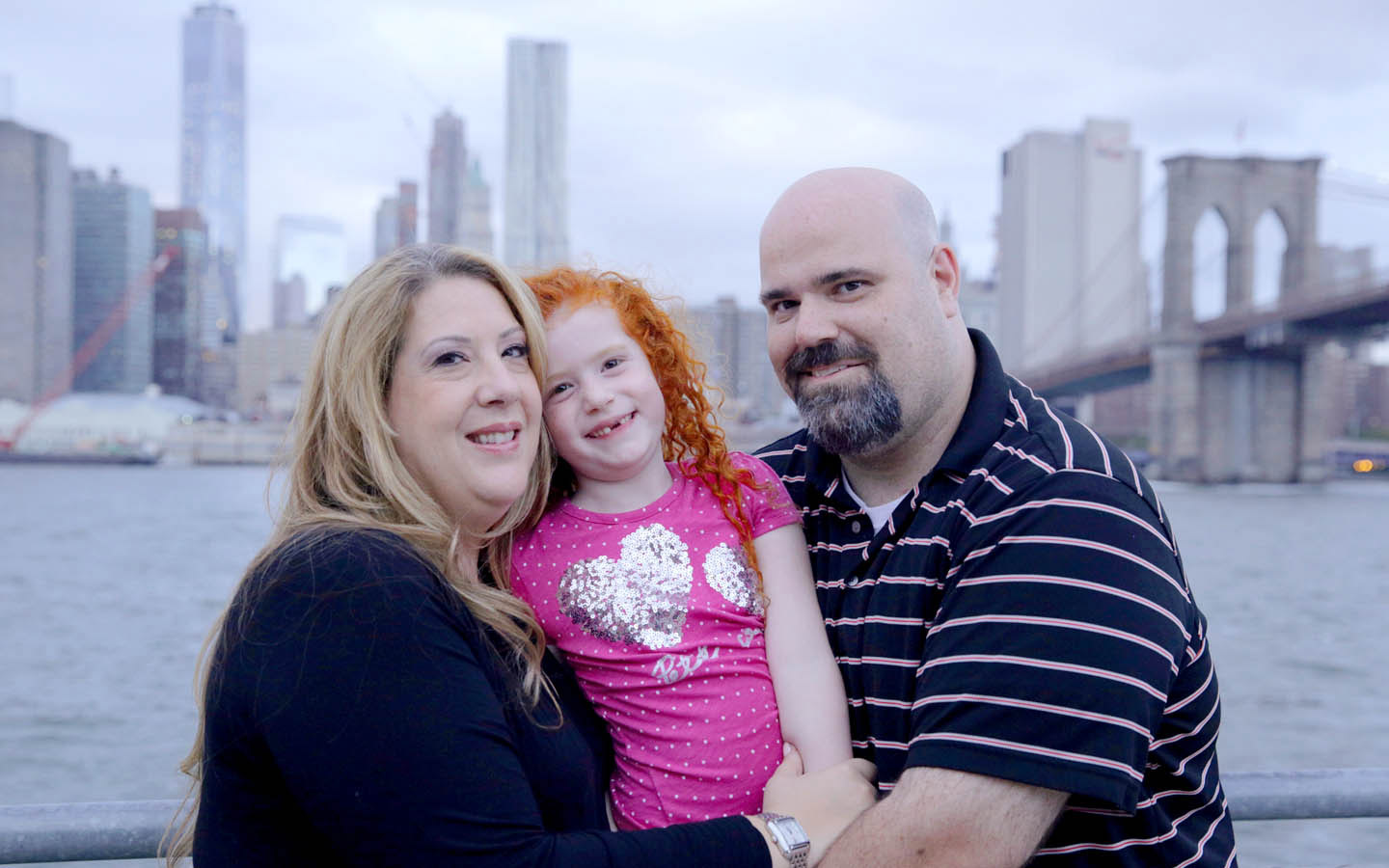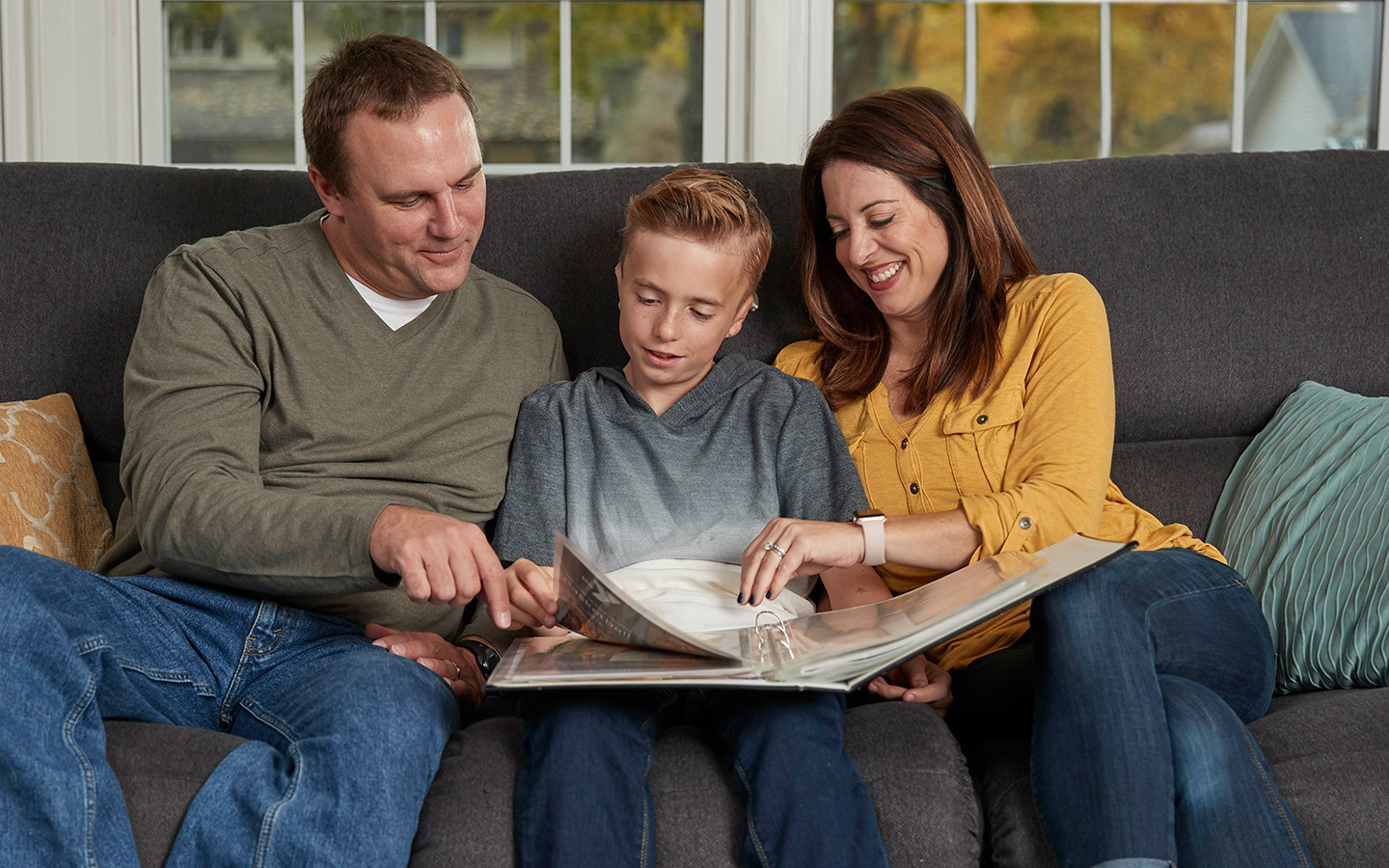Fitting your bone conduction device
The moment you’ve been waiting for is coming. Here’s a list of questions to ask your hearing health professional so you’ll know what to expect.

What you'll find on this page
- Questions to ask your hearing health professional.
- What to expect on fitting day and beyond.
What usually happens on fitting day?
Your hearing health professional will fit and program your sound processor a few weeks after your surgery. It’s typically a simple and quick process.
They’ll connect your sound processor to the programming software and place the sound processor on your head. They'll then perform a feedback test and you can hear sound through the sound processor for the first time.
Your hearing health professional will program your sound processor to meet your individual needs. They can set specific listening programmes for different hearing situations, such as quiet or noisy environments.
Your new hearing device is then ready to go.
"Having had the Osia System, it’s changed my life to such a degree that I really would find it very difficult to imagine what it would be like not having it now."*¹
- Chris, Cochlear™ Osia® System recipient
What to expect after your sound processor is turned on
When your sound processor is turned on, all the new sounds can seem a little overwhelming for you at first – it will take some time to adjust and get used to the new sounds.
Initially, your hearing may feel different. Generally, within a few weeks of taking in all sorts of different sounds, the brain will adapt and your hearing will start to feel more natural.1
Follow the guidelines for care and maintenance of your device. We offer many how-to videos and our customer service team can help answer any questions you might have.

Disclaimer
Please seek advice from your health professional about treatments for hearing loss. Outcomes may vary, and your health professional will advise you about the factors which could affect your outcome. Always follow the directions for use. Not all products are available in all countries. Please contact your local Cochlear representative for product information.
For a full list of Cochlear’s trademarks, please visit our Terms of Use page.
*1 Views expressed are those of the individual. Consult your health professional to determine if you are a candidate for Cochlear technology.
References
- Hoffmann J. Subjective evaluation of clear rich and natural sound. Cochlear Bone Anchored Solutions AB, Sweden. 2020; D1788013.





